Description
Innovative Technology in the Water, Sanitation and Hygiene (WASH) Sector
Access to adequate water, sanitation and hygiene (WASH) embodies a fundamental human right recognized by the United Nations General Assembly.
The United Nations 2030 Agenda for Sustainable Development reinforces this importance through Sustainable Development Goal 6: “Ensure availability and
sustainable management of water and sanitation for all.”
Access to safe water and sanitation, and sound management of freshwater resources, are priority challenges that must be met before several other Sustainable Development Goals (SDGs) can be achieved.
As indicated by the name, WASH covers three strongly linked, overlapping
subsectors. For example, good sanitation and hygiene are difficult to achieve
without adequate and clean water, and poor sanitation affects water quality.
Often, challenges, actors, products and solutions act together across these
subsectors, creating the rationale for grouping them under the umbrella term
of WASH.
Major development and humanitarian organizations implement large WASH programs specifically addressing the interconnectedness. Such programs often contain activities related to water supply, toilets and latrines, safe sanitation practices, waste management and disease vector control.
Technology often plays an important role by providing resource-efficient
solutions to some of the challenges associated with WASH. This is emphasized
in the targets for SDG 6, including support for technologies in areas such as
water harvesting, desalination, efficient use, treatment and recycling.
WASH
innovation focuses mainly on water supply and sanitation, whereas hygiene
is considered more a matter of behavioral change (Rush and Marshall, 2015).
This brief focuses on the water supply aspect of WASH and highlights the
role of technological innovation in relation to managing limited freshwater
resources in situations of scarcity and/or threats to the quality of the water
supply.
Specifically, it brings in remote sensing as a family of technologies
that are increasingly utilized for understanding and managing water resources
and warning of potential situations of water scarcity.
The brief also looks at water distribution systems and technologies applied to optimize systems and limit water waste and overextraction

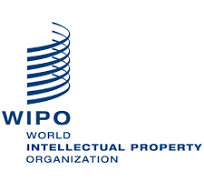
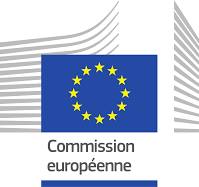 AAEA
AAEA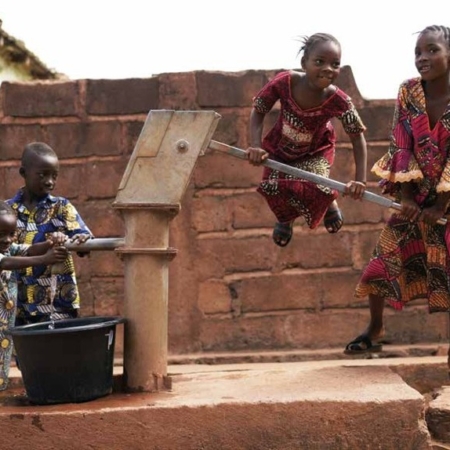 AFWASA
AFWASA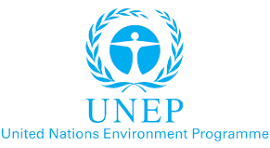 AFWASA
AFWASA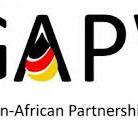 AFWASA
AFWASA
 AAEA
AAEA AFWASA
AFWASA
Reviews
There are no reviews yet.